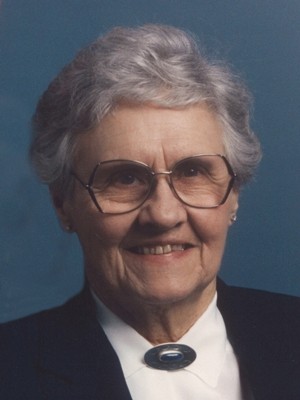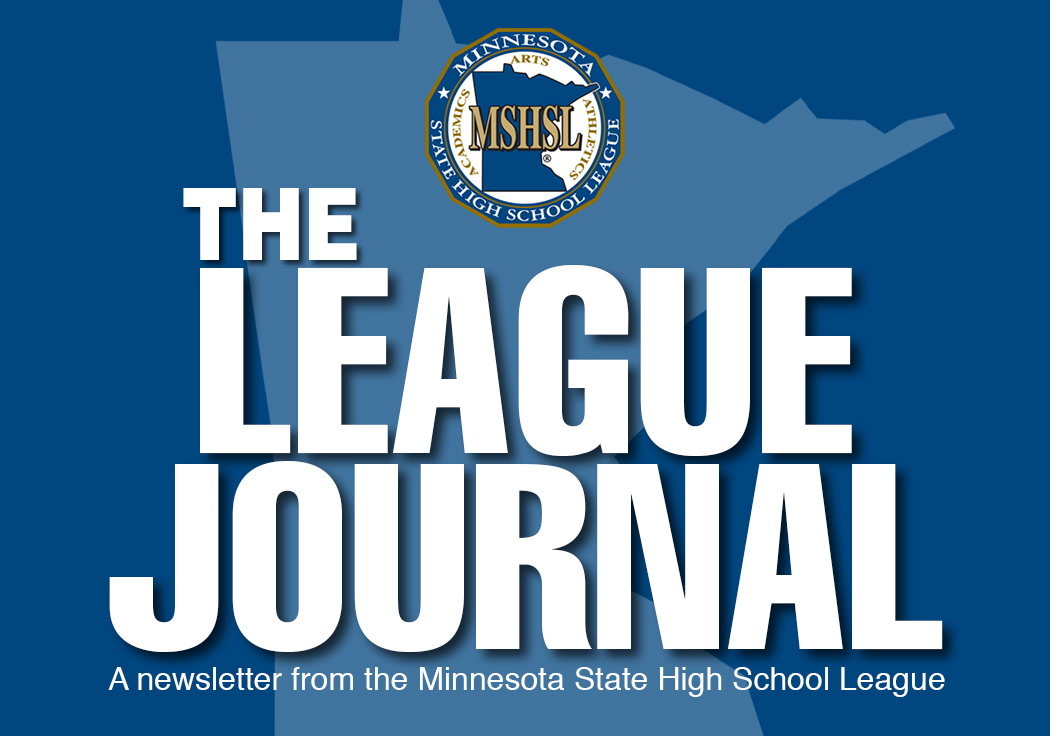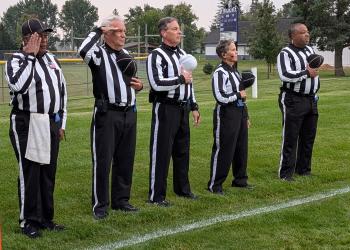Bauck played crucial role with pre-Title IX work
Posted: Wednesday, September 1, 2021 - 7:31 AM
Seven years before Title IX was signed into federal law, a groundswell of work was happening behind the scenes in Minnesota. At the center of it was Paula Bauck, a well-known teacher and coach in northwestern Minnesota. After teaching stops in Mentor and Detroit Lakes, she continued her teaching career at Moorhead High School in 1958 where she would coach girls gymnastics and girls track, as well as teach bowling, football, rifle and officiating to female students. Her progressive enthusiasm would draw the attention of state leaders.
On the heels of the National Federation of State High School Associations issuing a decree in 1964 stating: “that if and when competitive events for high school girls are initiated, they should be controlled by the existing State High School Association in conducting inter-school competition at this time,” Bauck, in 1965, was selected to be a part of a sub-committee that studied the question if competitive sports were good for girls. The committee also included Dr. Roy B. Moore, chairman of the Mankato State College Physical Education Department, Mary Dickmeyer, Girls Physical Education Instructor in Mankato and Dr. Helen Starr, Director of Health, Physical Education and Recreation of the Minneapolis Public Schools. The sub-committee was charged with compiling a report for presentation to an Advisory Board of the State Board of Education.
In her memoir, “The Very Beginning of Girls’ Interscholastic Sports in Minnesota,” Bauck credits Deane Richardson of the University of Minnesota, who shared this advice to the committee: “Take the best from the boys’ program and then add your own.” Taking that direction, and then adding the committee’s philosophies, the objectives began to formulate. The group’s goal “was for equal opportunity, not necessarily equal programs.”
The committee “believed in physical education for everyone followed by intramurals available for all, then extra-curriculars (competition on a limited basis), and lastly interscholastics for the highly-skilled in grades 9-12. By having women direct, coach and officiate, we would have role models indicating to the girls that these things were possible for women to, taking away the ‘tom-boy’ image.”
The concepts were accepted and a refined report was presented on Dec. 3, 1965. The advisory committee recognized the need for cooperation with the Minnesota Department of Education and the Minnesota State High School League to establish unified guidelines and policies. That paved the way to meetings with the League in May of 1966 to explore questions surrounding facilities usage, eligibility and who would coach and lead girls activities. These guidelines would be refined and re-written many times, including one weekend when the group was snowbound at the home of Frances Bleick, the chairman of the St. Cloud College Women’s Physical Education Department. She had been added to the original committee in December of 1966.
The milestones of advancement continued with the passage of guidelines by the advisory committee in Feb. 1967 and the State Board of Education a month later. In June of 1967, a presentation was made by 11 members of the Division of Girls and Women’s Sports to the League’s Board of Control and “favorably received,” according to Bauck. During the presentation, the following points were stressed:
- The need for regulations
- The Minnesota State High School League as the appropriate body to be administrators of the program
- The crucial timing to approve a program
- Establishing a Women’s Advisory Committee to assist in setting and maintain rules
- Ensuring that the girls’ programs were not parallel to the boys
In March of 1968, the League’s Board of Control adopted a resolution that the League “should assume responsibility for administering a girls’ interscholastic program and that bylaws be developed.” One year later, the League’s Representative Assembly approved the bylaw to establish interscholastic athletics for girls in Minnesota. Bauck would later chair a task force on the certification of coaches for girls’ teams.
In many instances along the journey, the presentations were often referred to as the “Bauck’’ report.
The first girls track and field state meet was held in 1972. Bauck, a native of Roseau, Minn., was a central figure on the athletic field as well. She led Moorhead to three consecutive girls track and field state championships from 1973-75. She was selected Minnesota’s coach of the year three times and was recognized by Sports Illustrated magazine with an Award of Merit. She retired from Moorhead High School in 1983.
The honors in recognizing Bauck’s tireless work and service continued as she was part of the League’s inaugural Hall of Fame class in 1991. Seven years later, she received the Marie Berg Award for being a difference-maker in the lives of girls and women in sports. She’s been inducted into the Minnesota Boys and Girls Track and Field Coaches Association Hall of Fame and honored at the Girls Basketball State Tournament as a pioneer in that sport.
She passed away in 2012 at the age of 92 leaving a legacy of service that created countless opportunities for female students.

Paula Bauck





